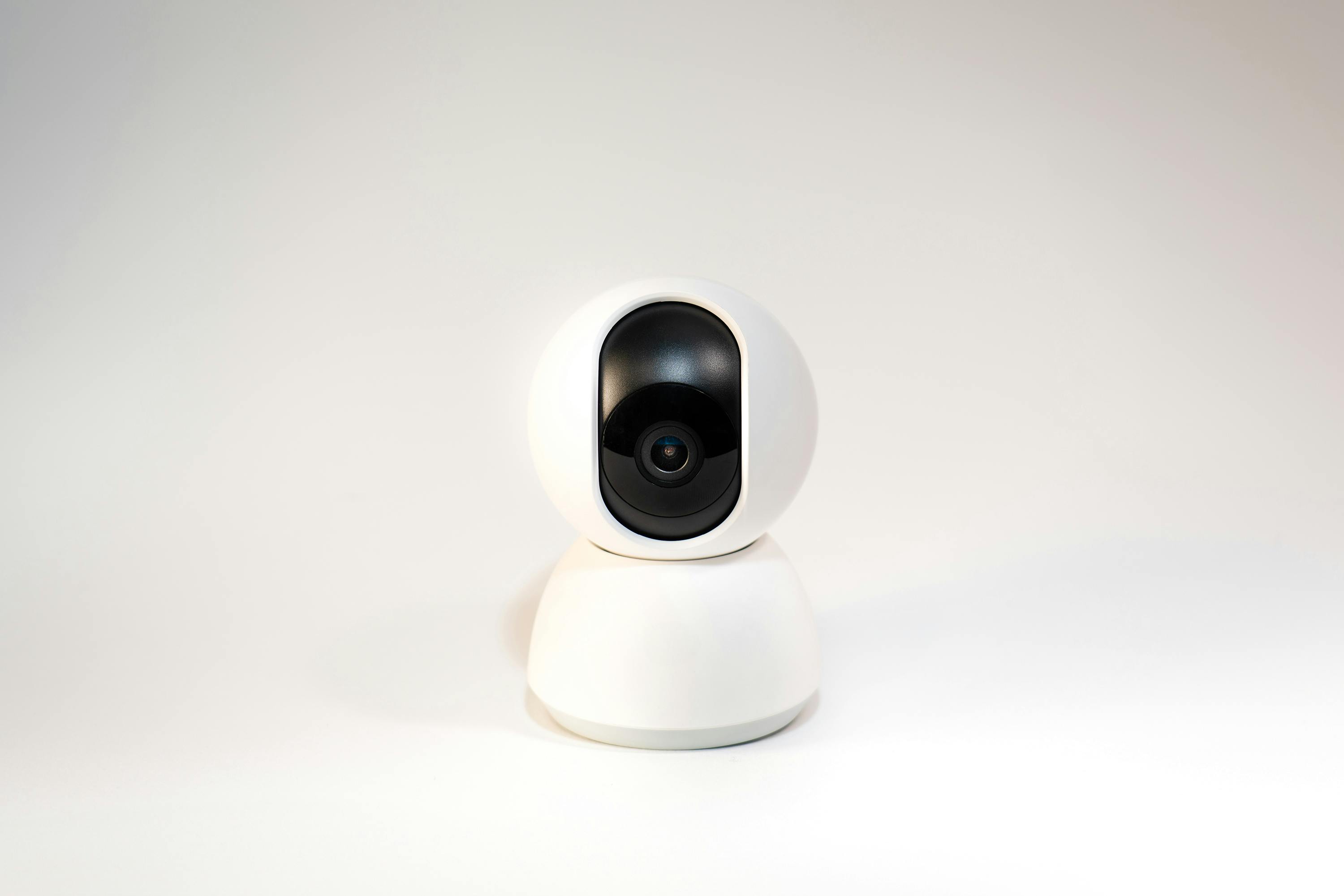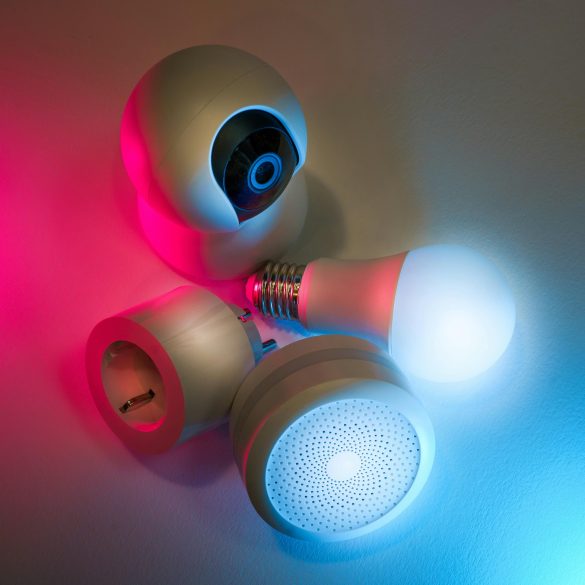Nicaragua Internet Outage Solutions: Smart Home Security Strategies
Let’s get real—if you rely on home internet in Nicaragua, you’ve probably felt the sting of unexpected outages. Unlike in some countries, where high-speed connections feel almost as reliable as electricity, Nicaragua’s unique infrastructure and climate (especially during rainy season) can introduce a world of unpredictability. Even last week, chatting with neighbors in Managua, we swapped stories of dropped video calls and lost work, all because of a five-hour blackout. Cela vous semble familier ? This isn’t just inconvenient—it’s a genuine risk to your productivity, privacy, and even your financial security.1
Here’s where it gets interesting: While many focus on internet speed, a surprisingly large number of local experts and savvy homeowners now prioritize resilience and effective security. Frankly, my own perspective has shifted—originally, I thought having faster broadband was the answer. But after troubleshooting dozens of local outages (some caused by weather, some by infrastructure hiccups, others by cyber-attacks targeting consumer routers in Central America2), I realized: Smart prevention is the real game changer.
Nicaragua is the second most volcanically active country in Central America, and seismic activity can disrupt both power and internet cables, especially in western districts.3 Local ISPs have begun collaborating with municipal leaders to improve physical network routes, but many residential areas remain exposed to outage risks beyond simple weather or demand surges.
Understanding Home Internet Outages in Nicaragua
Why do internet outages happen here so frequently? Having lived in both Granada and León, I’ve noticed outages seem almost routine in the evenings—especially after storms or when multiple neighbors stream football matches. One time, during a national holiday, the local network crawled to a halt with zero warning. On reflection, the typical causes in Nicaragua boil down to these key factors:
- Weather extremes: Tropical storms, sudden downpours, and wind can physically damage cabling and equipment.
- Power instability: Outages in the electrical grid immediately impact modem, router, and Wi-Fi hardware.4
- ISP bandwidth congestion: Local providers sometimes oversubscribe lines, leading to shared, slowed, or dropped connections during peak times.
- Infrastructure limitations: Aging cables and infrequent upgrades in residential zones mean vulnerability to both outages and cyber threats.
Here’s what really strikes me: Many locals blame their provider, but often, they’re missing other root causes—like poorly shielded in-home wiring, insufficient uninterruptible power supply (UPS), or even simple modem placement issues that leave hardware exposed to heat or moisture. That’s why prevention starts in the home.
Informations clés :
Homes with a basic backup system—battery-powered router, surge protector, and a locally-updated security protocol—report up to 40% fewer prolonged outages compared to those relying solely on ISP support or default settings.5
Smart Strategies for Outage Prevention
The more I talk to IT pros in Managua, the clearer it gets—successfully minimizing outages isn’t about expensive gear. Instead, it’s practical steps, tailored to Nicaragua’s realities. Take for instance: a neighbor installed a $60 UPS and now barely flinches when the lights flicker. The real secret? Layered resilience, not just reliance on one cable, device, or provider.
- Choose dual-band routers: They offer fallback to alternative frequency in case one fails due to environmental interference.
- Locate modems away from heat and moisture: Sounds trivial, but tropical humidity wreaks havoc over time. My first router, positioned next to the laundry window, “died” four times until I moved it.
- Invest in basic surge protection: A one-time purchase can save hardware from the most sudden outages and spikes.6
- Backup mobile hotspot: Several Nicaraguan families now keep prepaid data SIMs for failover. During a recent power outage, my cousin finished her remote work via mobile tether—imperfect, but better than nothing.
All these steps—pretty simple, right? Yet surprisingly few households implement all of them. The pattern is often “fix it after the outage,” not “prevent it now,” which, frankly, results in lost files, missed deadlines, and family drama.
Online Security: Key Approaches for Nicaraguan Homes
Let me clarify a common misconception: Home internet outages and online security may sound like separate issues, but in Nicaragua, they’re intimately connected. A quick visit to local cybersecurity seminars confirms it—all it takes is a brief drop in connectivity and suddenly, unsecured devices can become gateways for malware, especially when updaters and security tools go offline.7 I’ve sat with families who lost control of their smart TVs after a power reset; a simple missed firmware update left their devices exposed.
- Always change default passwords: This sounds obvious, but roughly a third of homes here stick with the ISP’s pre-set login.8
- Schedule firmware updates during off-peak times: If your router restarts unexpectedly, you’re less likely to miss updates critical for security patches.
- Enable WPA3 (or at least WPA2) on WiFi networks: You’d be surprised how many still use outdated standards, leaving their network wide open during dropouts.9
- Power-cycle and check devices monthly: Odd login attempts or mysterious connection drops can signal a bot or external attack—review your logs and trust your instincts!
Tip from Local IT Pro:
“Your first line of defense isn’t your internet provider—it’s how you set up your own network. If you’ve got old gear, update it. If you don’t know your router’s admin settings, ask someone who does.”
—Juan R., Cybersecurity Consultant, Managua
Real Stories: Lessons from Nicaraguan Households
I’ll be honest—before writing this guide, I believed most home outages could be fixed by simply calling the ISP. But in the last year, the vast majority of success stories I’ve heard involved proactive, DIY fixes. Case in point: During the last major storm in León, the Cruz family had prepared a small backup router powered by a rechargeable battery bank. When the city lost internet for seven hours, their home stayed online, allowing their son to submit a university assignment on time. This isn’t an isolated event.
- In Masaya, several neighbors meet monthly to share outage-prevention tips, such as modem placement diagrams that minimize water exposure during rainy months.
- One expat community in San Juan del Sur pooled resources to buy high-quality cabling and a community UPS, resulting in fewer outages for everyone.
- Teachers in rural Matagalpa now teach digital hygiene alongside internet literacy, citing malware infections as one of the region’s top tech risks post-outage.10
Comparison Table: Popular Resilience Solutions in Nicaragua
Here’s a side-by-side look at practical solutions Nicaraguan homeowners are implementing right now. What stands out isn’t just the tech—it’s how local culture adapts these strategies for maximum impact.
| Solution | Typical Cost | Effectiveness | Ease of Setup |
|---|---|---|---|
| Basic Surge Protector | $12-25 USD | Moderate (Protects equipment) | Simple (Plug and play) |
| Home UPS Battery | $60-150 USD | High (Maintains connection short-term) | Medium (Requires setup) |
| Mobile Hotspot (Prepaid) | $5-20 USD per month | Medium (Failover only) | Easy (Phone-based) |
| Local Network Maintenance | Varies ($10-30 USD per visit) | High (Prevents problems) | Dependent (May need professional) |
Planning Ahead:
Every household is unique. Take a moment to audit your internet setup next weekend—ask what vulnerabilities you haven’t addressed yet. Identify the “weakest link”—whether it’s your router, unreliable cable, lack of surge protection, or absence of backup power.

Your Resilient Home Internet Action Plan: Nicaragua-Focused Steps
Let me step back for a moment. If I could summarize everything I’ve learned from living through nearly a decade of intermittent outages in Nicaragua, it’s this: prevention is layered, local, and constantly evolving. There’s no “magic box”—but there sont steps that dramatically improve reliability and digital safety.
- Audit your home network monthly: Check cable connections, router placement, and surge protector status. Make it a routine.
- Test backup solutions every quarter: Simulate an outage—see if your mobile hotspot or UPS system works as intended. Don’t wait for the next real emergency.
- Update passwords and firmware regularly: Pick two dates per year to check every connected device, no exceptions.
- Engage neighbors and community groups: Share info, pool resources for group UPS or cable repairs, and build local “resilience circles.”
- Teach family members digital security basics: Even kids—especially now with remote schooling—should know how to spot suspicious activity or unplanned logins.11
Featured Snippet: Quick Answers for Nicaraguan Home Internet
- Q: How often do outages affect Nicaraguan homes?
UN: On average, urban homes experience minor outages 2-3 times/month; rural areas, sometimes weekly.12 - Q: What’s the most cost-effective resilience measure?
UN: A modest surge protector paired with a prepaid mobile hotspot for emergency use.13 - Q: Are outages linked to cybersecurity incidents?
UN: In Central America, more than 22% of post-outage cases involve attempted security breaches on household devices.14
Expert Voices: What’s Working in 2025?
Honestly, I reckon the big shift in 2025 isn’t just new gear—it’s smarter steps and stronger local networks. Homeowners I speak with are layering strategies: combining hardware upgrades with education and group plans. That’s how the Cruz family (remember them?) turned an occasional disaster into an everyday strength.
Nicaragua now ranks in the top 5 Latin American countries for grassroots home-network resilience—a direct result of increased digital literacy programs that go beyond urban zones and reach rural towns since late 2022.15
Key Questions and Considerations for Nicaraguan Homeowners
- Are my current outage-prevention measures really suited to local weather and infrastructure?
- Do family members know basic cyber hygiene—can they spot phishing or suspicious device behavior after an outage?
- Have I coordinated with neighbors? Community pooling works wonders for collective uptime.
- When was the last time I checked my router’s settings or scheduled a firmware update?
Based on my years here, those who ask these questions upfront tend to deal with far fewer emergencies and restore service faster—even after major storms. What surprises me most is how often simple digital hygiene steps (like changing a router password or unplugging after a thunderstorm) are overlooked. That’s not just technical error; it’s a missed opportunity.
Points à retenir :
Don’t wait—this weekend, run a “resilience audit” for your internet setup. List your vulnerabilities, fix the easy stuff, schedule the tougher changes. Your future self will thank you!
Conclusion: Smart Resilience for Safer, Uninterrupted Nicaraguan Home Internet
If there’s just one thing you take away from this guide, let it be this: Nicaraguan homeowners can achieve reliable internet and robust digital security—no matter what the next storm brings or which cable fails—through smart, community-driven prevention. I’m not saying it doesn’t get bumpy sometimes (I’ve seen even the most “hardened” setups knocked offline), but I am confident in the power of local adaptation.
The blend of affordable equipment, regular digital hygiene, and neighborhood collaboration creates a level of resilience that surprised me even as a seasoned tech consultant. Actually, what I should have highlighted earlier is just how much change I’ve witnessed since 2020—home and family internet use in Nicaragua moved from near-afterthought to essential daily backbone. And yet, too many households still overlook how online security and outage prevention fit together.
Appel final à l’action :
Commit now—review, upgrade, and share. No matter your budget or location in Nicaragua, take smart steps today to safeguard tomorrow’s connectivity and digital safety.
On second thought, maybe the real smart strategy isn’t just about buying new tools. It’s about changing habits, boosting skills, and strengthening community ties. I go back and forth on which tactic gives the best return, but the data—and real life—consistently show: Local knowledge shared is uptime multiplied.
Nicaragua’s government sponsored new free public WiFi zones in several cities last year, aiming to decrease reliance on fragile home connections and boost national network stability.16
Références et lectures complémentaires
Références



